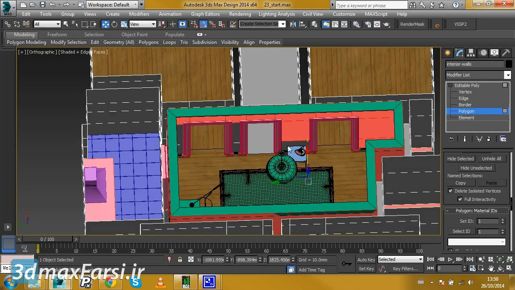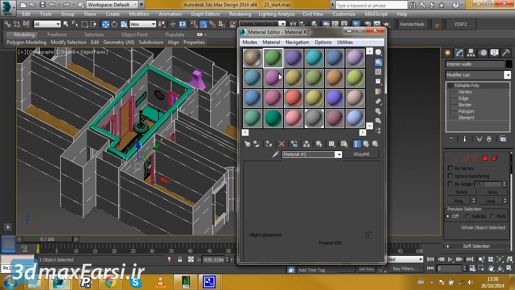3ds max Keyframe Animation Editing keyframes in the Timeline
3ds max Keyframe Animation Editing So I'm going to move this back being aware that in this case I didn't incur any major issues but notice that this key actually crept forward from frame 70 to frame 71 because of the success of scaling and the round off errors of the key frame snapping to whole numbers. Okay let me show you that once again if I scale this all the way down to very small and then scale it back, it doesn't land at the same place it was on frame 71 and now it's on frame 64. Alright so that's just a gotcha, be aware of that. Alright if I select a region I can also move the region as a unit without scaling it. Just click on the black bar and drag from left to right but be careful because as you can see as I drag my mouse out beyond the end of the timeline my last key is getting lost it's getting cropped. Alright so I just position that back where it was and then move this key back to frame 70 where I wanted it and rewind back to frame zero. That's how to edit key frames and key frame ranges in the timeline.






